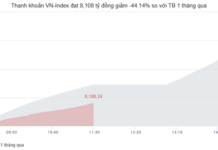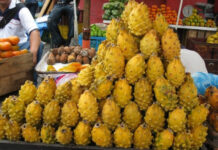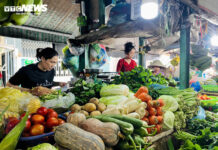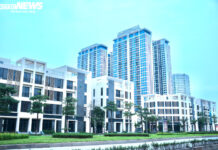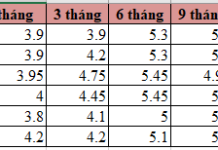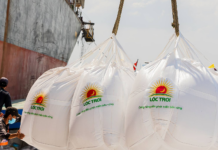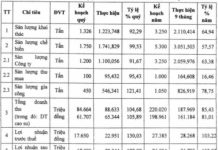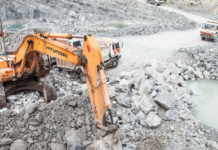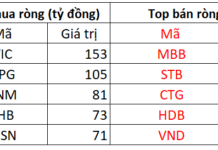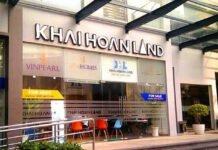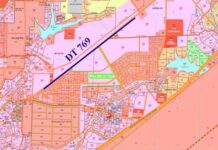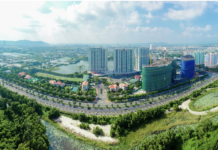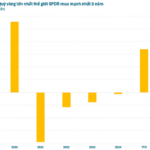On July 25, the Chairman of the People’s Committee of Khanh Hoa province, Nguyen Tan Tuan, signed a decision approving the adjusted master plan for Cam Ranh City until 2045.
According to the plan, Cam Ranh is envisioned as the economic, cultural, educational, and technological center of the southern region of Khanh Hoa province. The city is oriented to become a tourism and logistics hub, with a focus on developing a logistics training and research center. It will also serve as a vital transportation hub for road, rail, water, and air travel within the province.
The city will feature themed parks, a golf course, and an ecological park. It will also be seamlessly connected to the Cam Lam airport city.
As per the master plan, Cam Ranh spans over 33,708 hectares, with a projected population of 820,000 by 2045. In terms of land use, the urban area is expected to occupy approximately 14,659.55 hectares by 2045, averaging about 124.5 square meters per person.
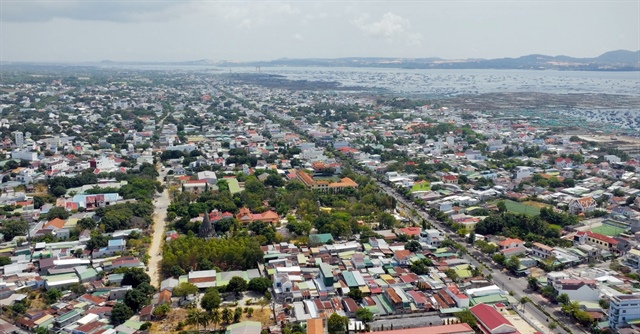
An aerial view of Cam Ranh City, Khanh Hoa province. Photo: Nguyen Binh.
|
Development Orientation Divided into 9 Areas
With the recently approved adjusted master plan, Cam Ranh aims to develop urban subdivisions across 9 areas. Area 1 is designated as the administrative, public, commercial, and central service district within the current inner-city wards. It is expected to accommodate a population of approximately 255,000 people and span over 2,800 hectares.
Area 2 focuses on tourism, cultural, and nature conservation development in the northwestern region, specifically at Hon Rong Mountain. This area will become a center for diverse tourism services, integrating nature conservation with mountain-based attractions.
Area 3, encompassing Cam Nghia ward, Cam Thanh Nam commune, and a portion of Cam Phuc Bac ward, is envisioned as a commercial and service hub linked to the airport. It will develop into a comprehensive logistics and airport support zone, featuring an international water passenger port and a bus terminal.
Area 4, within the administrative boundaries of Cam Nghia ward, will become a service and tourism district. It will offer high-end coastal tourism services and commercial facilities, as well as a logistics hub leveraging the Cam Ranh International Airport and the international water passenger port.
Area 5, covering parts of Ba Ngoi ward and Cam Phuoc Dong commune, will focus on tourism, agriculture, and ecological landscape development.
Area 6, comprising Cam Thinh Dong commune and a portion of Cam Thinh Tay commune, is designated for industrial and logistics activities.
Area 7 concentrates on urban and tourism services on the peninsula, spanning Cam Thinh Dong commune and a section of Cam Lap commune. Area 8 showcases the western ecological landscape of hills and mountains, including Cam Phuoc Dong commune and a portion of Cam Thinh Tay commune.
Lastly, Area 9 is dedicated to national defense and security, falling entirely within the administrative boundaries of Cam Nghia ward.
Xuan Ngoc

